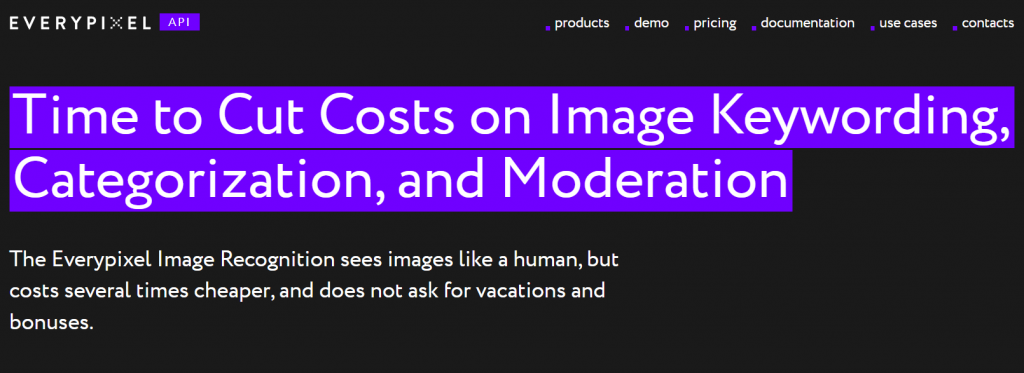Do you want to know the best techniques and APIs for implementing image classification? If so, you are in luck; keep reading to find out!
Image classification is done through machine learning algorithms that are trained with thousands of images from various categories so that they can recognize them. There are many different types of algorithms for image classification, each with their own techniques. Some of the best include:
- Artificial Neural Networks, drawn from the characteristics of organic brain networks; are statistical learning algorithms that are employed for a range of applications. These include computer vision and speech recognition as well as relatively simple categorization tasks.
- Convolutional Neural Network (CNN), are a specific type of multi-layer neural network built to quickly and accurately identify visual patterns from pixel images. It is a unique artificial neural network architecture. Convolutional neural networks have produced state-of-the-art results in computer vision problems by utilizing some of the visual cortex’s properties.
- Support Vector Machine (SVM), which are potent yet adaptable supervised machine learning algorithms used for both regression and classification. Compared to other machine learning methods, support vector machines are implemented in a different way. They are very well-liked because they can manage numerous continuous and categorical variables.

Which Are The Best APIs For Implementing Image Classification?
Well, every API use one of the mentioned techniques depending on their provider. However, most of the image classification API works efficiently and can be used to classify any kind of image without delay. The main advantage of using these APIs is that you don’t need any expertise in machine learning or artificial intelligence; just send your image and get back the result with its category/object/object type details! So, if you want to get started we suggest you use one of the best APIs available today:
Clapicks
Clapicks is a useful API that has recently gained popularity as a result of its usefulness. This one enables speedy image classification and recognition. You can categorize any kind of media content, pictures and other images stored in your company’s system by using this API.

Furthermore, this API makes use of cutting-edge techniques for structural engineering and human vision that can be used through mobile apps to evaluate; classify, and search through vast collections of unstructured photographs. Additionally, Clapicks is now the best option for many firms because it can swiftly and reliably categorize a large number of images and objects.
Amazon Rekognition
A cloud-based computer vision technology called Amazon Rekognition can recognize faces, objects; and languages in addition to automatically extracting metadata from image and video files.

Accurate facial search and analysis capabilities are also provided by this API. Users have access to a sizable menu, and it is simple to use even if you are not an expert. Also, it has a number of tools, including object detection on faces, object detection, and face object detection.
Image Recognition API from Everypixel
Another image classification API is Everypixel Image Recognition. This one processes photos similarly to how a person would; but at a much lower cost and without the need for breaks or rewards. This technology makes use of AI and machine learning to moderate your apps and products while lowering the cost of picture identification.

Everypixel Image Recognition also includes a set of trained classifiers that are reachable through the API; as well as more features.
Related post: An Introduction To Object Classification APIs And Its Top 3 Benefits

